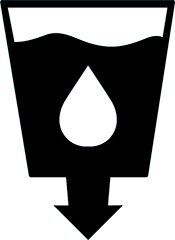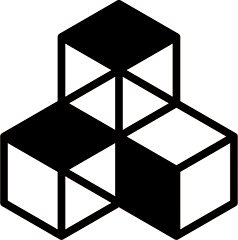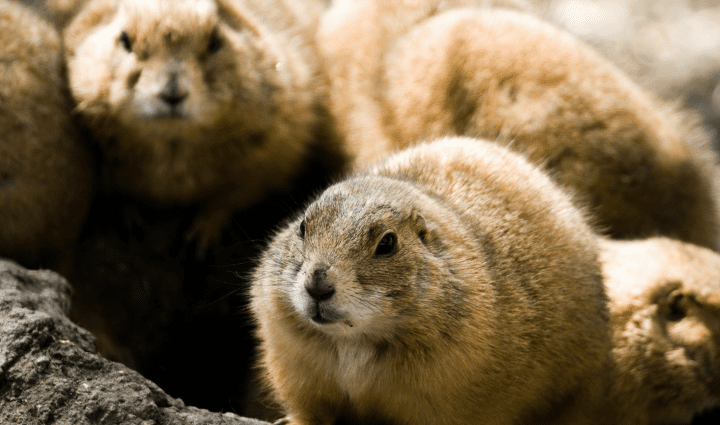UN Sustainable Development Goals Addressed
-

Goal 6: Clean Water & Sanitation
-

Goal 9: Industry Innovation & Infrastructure
-

Goal 11: Sustainable Cities & Communities
-

Goal 12: Responsible Production & Consumption
2021 Global Design Challenge Finalist
This design concept was developed by participants in the Institute’s Global Design Challenge. The descriptions below are from the team’s competition entry materials.
Location: San Francisco, CA, United States
Team members: Kenan Beker, Himdeep Singh, Dillon Behling, Nana Owusu, Vidisha Pagariya, Kira Hunt
Innovation Details
Access to fresh drinking water is becoming more challenging worldwide. ECO-Serve is a passive filtration process to harvest atmospheric water in both humid and arid climates, inspired by fish gills, leaf cutter ants’ mounds, and a few desert-specialist plants. The design includes water-harvesting pods that are composed of a double-layer, insulated dome with conical top vents, atmospheric water-harvesting combs, inner flow channels, and a central cistern. In a dynamic filtration network sequence, the ECO-serve provides water to people and the planet, from drinking, sanitation, and agriculture to restoring the aquifers and replenishing various ecosystems in a regenerative way.
Define the problem being solved. Due to the effects of climate change and rapid population growth, restoring fresh water has become more challenging worldwide. India, the largest groundwater user in the world, is facing a major water crisis today, and it is estimated that 40% of the population in India may not have access to drinking water by 2030. Rapid population growth and industrialized agriculture have increased groundwater extraction rates while disrupting the natural water cycle and making it more difficult to replenish groundwater. Chennai and Rajasthan are two of the major areas that have been impacted severely. Existing technology such as fog-capturing may work in a humid climate such as the one in Chennai, but will be challenging to collect water in an arid climate such as the one in Rajasthan.
What organisms/natural systems helped inform this design? The team developed a filtration process in which water is absorbed from circulating air, inspired by leaf cutter ant mounds and fish gills. The water is then collected on microscopic barbs inspired by the green bristle grass. This design is kept enclosed to enhance the microclimate of the inner environment, much like the Welwitschia Mirabilis species of plants. The dome is also corrugated like the barrel cactus to minimize overheating.
What does this design do? The ECO-Serve product is composed of water harvesting pods that harvest atmospheric water in both humid and arid climates. Each pod is a water harvesting system composed of a double-layer insulated dome with conical top vents, gills of atmospheric water harvesting combs, inner flow channels, and a central cistern. As air flows over the top of the vents, pressure gradients form, drawing air out and in turn, drawing new air in through the base of the dome. The air then circulates through a fish gill-inspired structure, composed of the Setaria AquaComb (SAC), which is a water-harvesting nano-structure. The SAC creates pressure gradients from Laplace pressure and surface energy gradients, causing the atmospheric water to be condensed, coalesced, and navigated. The gills funnel the water into tubes where it is collected in a cistern. The now dehumidified air is channeled up through the central ventilation shafts, allowing for the cycle to repeat. The dome has a Barrel Cacti corrugated surface which improves insulation and regulates temperature. EcoServe Project has the potential to solve communities’ water needs indefinitely using zero energy while supporting their surrounding agriculture and the larger ecosystem. This provides immediate water security while investing in future food and environmental security. From a one-time investment to setting up a pod or pod network, a dying community can thrive, a failing farm can be revitalized, and a desertified mudflat can return to a grassland, all thanks to the ingenuity of the Green Bristlegrass Bristle. Through this network, Eco-Serve provides water to the people and the planet, from drinking, sanitation, and agriculture, to restoring the aquifers and replenishing various ecosystems in a regenerative manner.
How does this solution address the problem or opportunity? Echino Dome uses bio-inspired technologies to passively collect water in both humid and arid climates and allows people living in both climates to collect water from a new water source. Echino Dome can also be used to passively replenish the soil/groundwater and for reversing desertification. Requiring no energy will be beneficial for people living in rural communities, and will also minimize the environmental impact. Moreover, the portability of the Echino Dome allows people to carry it anywhere they want, which can help people living in remote areas where they have to commute several kilometers to get water. The portable and functional Echino Dome may have various applications, such as domestic water supply, decentralized irrigation, and natural disaster relief water supply.
Element: How compatible is this design with all surrounding living systems? Is it safe? How is it more sustainable than the alternatives? The alternatives to the Atmospheric Water Generator (AWG) are often energy-dependent. Moreover, non-energy-dependent AWG are mostly only applicable for humid and foggy environments. However, the Echino Dome caters to multiple climatic ranges from arid to humid environments.
(Re)connect Element: Describe how this innovation helped the team connect with the natural world. Developing this solution made the team realize how challenging it can be to nature despite its simple design. This shows how much humanity still needs to learn from nature, but also shows how much potential there is to develop a truly sustainable lifestyle by integrating biomimicry into personal and professional life.
How were Nature’s Unifying Patterns or Life’s Principles applied to this design? Nature tends to optimize rather than maximize. Nature uses only the energy it needs and relies on free, available energy. This design incorporates passive ventilation by using wind flow and the pressure gradient. Nature uses shape to determine functionality. Attaching microscopic barbs onto the fish gill-inspired structure increased surface area in a limited space. The Echino Dome can provide water, but may also help replenish groundwater, creating a self-sustaining system.



